In this interview, David Pere, the founder of From Military to Millionaire, shares his inspiring journey from the Marine Corps to financial freedomt ...
Expert Media Coaching Tips from Emmy Winner Jane Hanson
Written by: Howard Tillerman
Howard Tillerman is the Chief Marketing Officer for Step By Step Business and an award-winning marketing professional.
Published on March 6, 2024
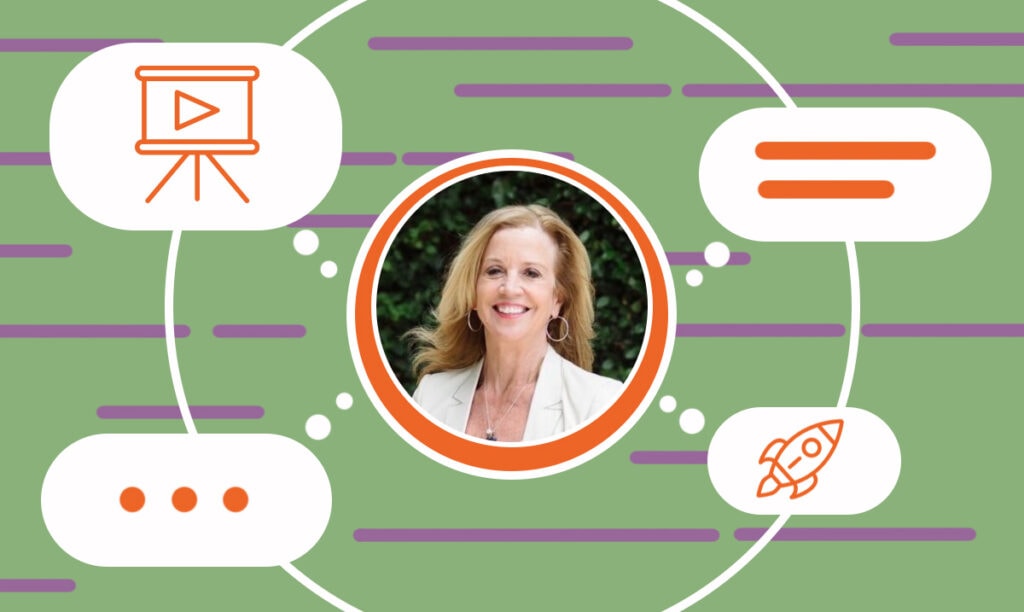
In this interview, Jane Hanson, a nine-time Emmy Award-winning journalist turned media coach, shares her transition from a successful career at NBC TV New York to coaching top executives across various industries. Drawing from her rich experience in journalism, Jane provides insights into effective media communication, handling media interviews, and the nuances of public speaking. She delves into the challenges and strategies for becoming a compelling communicator, offering her expert advice for mastering the art of media appearances.
Jane Hanson is a nine-time Emmy Award-winning journalist who is now bringing her skills to entrepreneurship as a media coach for tier executives across all industries. After three decades working at NBC TV New York, her talent and on-camera skills have made her one of the most sought-after media trainers for executives, authors, and experts appearing on TV and speaking at events. Focusing on three core elements: what you say, how you say it, and how your body language keeps it all in sync, Jane Hanson works to make executives and experts comfortable in the interview environment while providing training on how they can offer a clear and concise message to the audience, answer questions with confidence and ease, and avoid missteps and misspeaking. Additionally, her grasp of stage speaking, whether as a Keynote, panelist, or workshop presenter, Jane Hanson transitions her clients away from the worry stage to the thriving-on-stage stage, whether they are in front of a 1,000-person audience, a 15-person board meeting, or in an important one-on-one meeting. Her thousands of interviews gave her a wealth of insights on how to deliver messages succinctly and impactfully, and she shares this knowledge as a Forbes contributor where she shares tips and tricks on how to resonate with every audience, make awesome presentations and compelling interviews, and will offer pragmatic solutions to the challenges we face today. Jane Hanson also teaches online media training courses available through the genconnectu platform.
From Journalism to Media Coaching
SBS – How did your extensive experience in journalism influence your transition to media coaching?
Jane – More than once, a guest would feel frustrated that they hadn’t said everything they wanted to say, which led me to my “aha” moment. After so many years of conducting interviews and knowing what worked for audiences, I realized I could make a difference with my gift of being able to teach people how to choreograph an interview. I was prepared to teach top tips about being effective on television, from how to use your body language and voice to how to entice people to talk to you and listen. These are the tools that become a part of the media training and presentation training because I do that as well. And in fact, it’s probably a bigger part of my work. I work for all kinds of corporations, C-suites, CEOs, etc. Categories range from finance, startups, pharma, health care, fashion, beauty, media, tech, and utilities companies. You name it, and I’ve worked for them. And in each case, it’s all about helping people gain the confidence to speak like us in the broadcast business.
Elements of Effective Media Communication
SBS – What are the key components of effective media communication that you emphasize in your coaching?
Jane – First, it’s all about who your audience is because you won’t talk to baby boomers the same way you will talk to Gen Z. The second component is, what are you saying? I work very hard to create clear messaging for each client so that people understand what they want to present. What’s your bottom line? What do you want them to take away from the conversation, the presentation, the interview, or whatever it is? Third is how to use your body language. How do you use your delivery to make sure it always resonates with your voice? How do you gesture? What is your eye contact? All of these things are a huge part of being an effective communicator.
Overcoming Executive Challenges in Media Interviews
SBS – Can you share a common challenge that executives face in media interviews and how you help them overcome it?
Jane – One common challenge is that executives sometimes don’t show enough passion. They’re very stiff about what they’re saying, so they don’t come across as authentic or vulnerable. It should be a conversation, not a monologue, and that is one of the many ways we help them. Allow yourself to be free. Know what you want to say, and then say it in a way that truly resonates.
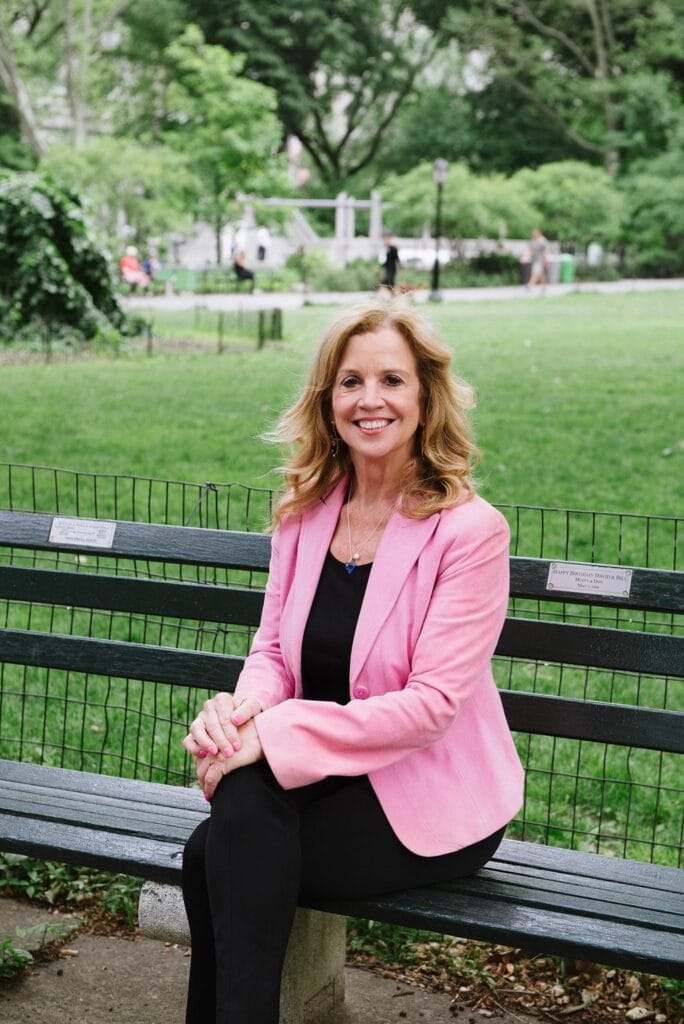
Preparing for Diverse Speaking Engagements
SBS – How do you prepare clients for a range of speaking engagements, from large audiences to intimate board meetings?
Jane – By getting very, very specific. If it’s a large audience, you won’t talk to them the same way you’ll speak in an intimate board meeting. It’s all about making sure you’re thinking about what’s in it for them so you reach every audience member. Again, it’s about tailoring the message to suit the group while also suiting who you are. We also practice by recording on video, playing back, and critiquing. It’s the best way to help clients understand what they are doing right or wrong!
Managing Nerves and Stage Fright
SBS – What techniques do you recommend for managing nerves or stage fright during public speaking?
Jane – There are a couple of things that are really important for your nerves or stage fright. One of them is simply breathing. I like to do breathing exercises before speaking. I breathe in for three counts, hold it for three counts, breathe out for three counts, and do it three times. This should be done before you walk on stage or enter the room, even before a virtual call. This helps you breathe deeper because it goes into your diaphragm. It makes your voice lower, and when you have a lower voice, it is easier for people to listen to you while adding to your credibility.
Clients need to focus on their purpose, which will also have a positive impact on how they present. Many studies say that if you focus on why you are there and what you’re hoping to accomplish, you will forget all that other stuff that can get crazy in your brain. Sometimes, when we’re nervous or anxious, we tend to speed up, so slow down.
One of my favorite tips is often the most underutilized tool in the communication business: pausing for the same amount of time it takes to tap your foot. Pausing creates space to breathe, which allows people to absorb what you’re saying. That pause gives people an opportunity to really enjoy who you are and what you’re saying.
The Role of Body Language in Media Appearances
SBS – How important is body language in media appearances, and how can one improve it?
Jane – Very important. You can improve your body language in several ways. One is to record yourself and look at when you’re using gestures. Gestures should be used to illustrate what you’re saying and to add emphasis. They cannot be wild and crazy but measured and in sync with your words.
Your eye contact should be deliberate. When you’re doing an interview, you should focus on the person interviewing you most of the time. When you’re in a large audience, I would do what we call the pizza trick: divide the audience into three slices of pizza. At first, you look ahead down the middle slice of pizza, and then you can go either to the left or right. Make sure that you include every part of the audience by turning them into a slice of pizza. And then, after that, you only turn on a phrase. If you keep turning your head, you look like a bobblehead! Then start looking into people’s eyes and really focus on getting that eye connection. It’s very important.
If you’re going to walk on stage, walk, then talk when you stop. When you move, have a very specific strategy about when you will move. If you’re walking and talking, people can’t hear you very well. Also, they pay attention to your pacing, not what you’re saying. Anything that distracts detracts.
Also, be careful when seated and ensure you don’t swivel in the chair. For example, if you’re on a panel, look at the other people there. Pay attention and utilize active listening. Listening can be one of the most supportive things you can do anytime. Nod, show support, smile, and use your facial expressions.
Crafting Clear and Concise Messages
SBS – What are some strategies for delivering clear and concise messages during interviews or presentations?
Jane – First, you must be clear about what you’re going to say. Being concise means having this formula in your mind. What’s my top takeaway? What is the key message I want people listening, watching, reading, hearing, and seeing to take away with them? So, always start with “What’s my key message?” The second is, “How do I prove it?” Think of two to four main points that will enhance what you’re saying, and make sure you’re always getting back to that key message throughout the duration of the presentation, appearance, or interview. Do not do this unprepared because anyone who tells me they’re going to try to wing it will be a failure. As Winston Churchill once said, “failing to prepare is preparing to fail.” I also insist that storytelling is a huge part of their conversation. Audiences remember stories 22 times longer than facts.
Handling Tough Questions with Grace
SBS – How do you train clients to handle tough or unexpected questions in a media setting?
Jane – First of all, you should not have unexpected questions. You’re there because you’re the expert on the subject you’re speaking about. When you’re going to be doing an interview, make sure to look at what’s in the news that morning. Is there anything in your area of expertise that is a news story? Because you’re going to be asked about it, I can guarantee it!
Also, ahead of time, think, “What’s the worst question they can ask?” — and prepare for it. Another strategy is to put questions into “buckets” because many questions are actually the same question asked in different ways. Always remember that you can put a question in the bucket and don’t have to be literal about every question. When you do that, you will discover that it’s much easier to respond, and you’ll never be caught like a deer in a headlight.
Now, if you’re uncertain of what a question means, reframe it or re-ask it and say to the interviewer, “I believe that you’re asking me X, Y, or Z,” and then answer that question once you confirm the meaning. I’ve seen too many people answer the wrong question without bothering to say, “What are you really asking me?” Don’t be afraid to ask. And then, of course, there’s the famous bridging or pivoting technique, which is to acknowledge what you can and then pivot back to YOUR message by saying, “What you might find even more interesting,” or “On the other hand,” or some transition line that will get you back to your message.
The Importance of Authenticity in Public Speaking
SBS – Can you discuss the importance of authenticity in public speaking and media appearances?
Jane – Being authentic is everything because if you are not authentic, the television camera sees right through it. The interviewer sees right through it, and the audience sees right through it. Dare to be vulnerable. Dare to be yourself and allow your passion to show through. Don’t be afraid to be the real you because it always, always works best.
Adapting to Evolving Media Landscapes
SBS – How has the media landscape changed in recent years, and what new skills do executives need to be effective communicators today?
Jane – Of course, you need to be more skilled at video. Also, attention spans are greatly reduced. You only have about eight seconds to get somebody’s full attention, so you need to be hyper-conscious of continually re-engaging your audience. How do you do that? You do that by moving, changing the tone of your voice, using a prop, or asking a rhetorical question. These are all techniques that will re-engage people.
You can do the same thing during an interview. While I don’t mean you can move most of the time, you could have a prop with you or ask the reporter or interviewer a question. You could also change up the way you’re saying things, or again, that rhetorical question always works well. I also believe that today’s executive must be vulnerable and transparent. They also have to be able to speak as if they’re in a conversation versus just giving a talk because they will never engage the audience otherwise. It’s critical to do that.
Advice for Novice Entrepreneurs in Media and Public Speaking
SBS – What advice would you give entrepreneurs new to media appearances and public speaking?
Jane – Seek professional guidance so you don’t go out there blind. It’ll be the best money you can spend because first impressions are made in two-tenths of a second, and a first impression is hard to change. Most often, they need to refine their messaging. One of the things I find about top executives, founders, entrepreneurs, etc., is they’re too close to the subject. They need an outside voice to say, “We don’t understand that, or you’re using jargon, or we’ve got to find a way to explain it with clarity.” They may have a great idea that is going to work, but the outside world needs to understand it. It can be a mistake not to focus more on what you’re going to say and not as much on how you deliver it because people won’t listen if what you say doesn’t resonate with them.
Tailoring Coaching to Diverse Professional Backgrounds
SBS – How do you tailor your coaching to different industries and professional backgrounds?
Jane – The skills I teach or enhance are transferable across almost every industry because the goals are always the same: You must appeal to your audience. You must use words and sentences that are engaging and will capture the audience. You must be interesting, exciting, and passionate no matter what you’re doing. It’s the subject matter that differs, so in each case, while we tailor the content, being a good communicator is being a good communicator, no matter what business you’re in.
Avoiding Common Mistakes in Media Interviews
SBS – What are some common mistakes you see people make in media interviews, and how can they be avoided?
Jane – Here are the most common mistakes and the ways to avoid them:
- Not being well prepared — Know your material and be ready to pivot if the expected questions become the expected ones!
- Being unclear — Not everyone will be as familiar with your material as you are, so break down the content based on the level of the audience.
- Talking too fast, using inappropriate gestures that don’t match your words, bad eye contact, mumbling, rambling, and not making it a conversation — Practice makes perfect, so practice a lot!
Subscribe to Our Newsletter
and gain insider access to cutting-edge business insights and trends.
Featured Resources
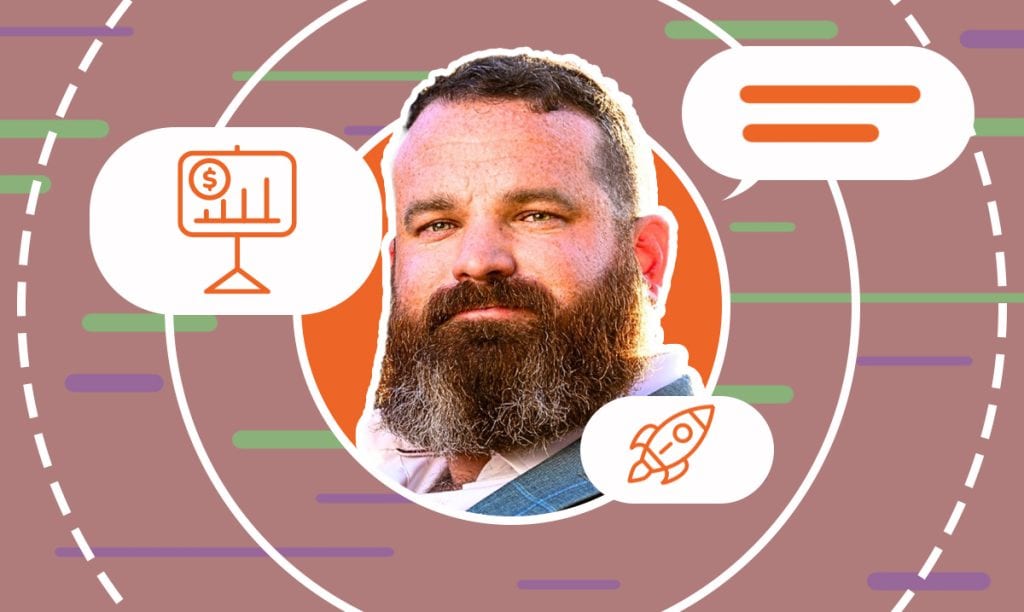
How David Pere Helps Veterans Achieve Financial Freedom
Published on April 3, 2025
Read Now
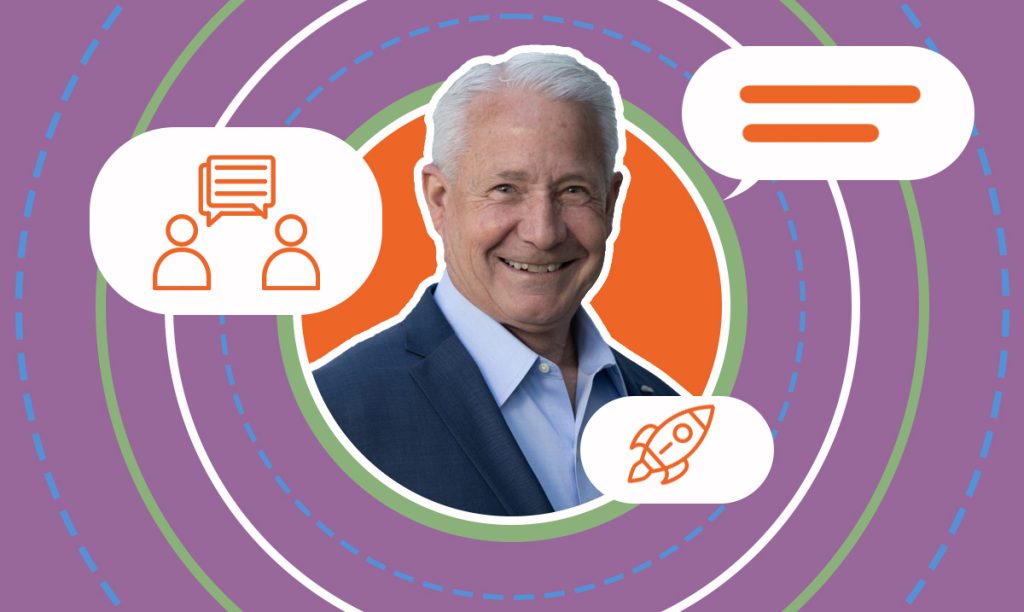
Empowering Entrepreneurs with a Consultative Banking Model
Published on January 23, 2025
When it comes to business banking, a one-size-fits-all approach doesn’t cut it — just ask Endeavor Bank. Since its founding in 2017, EndeavorBan ...
Read Now
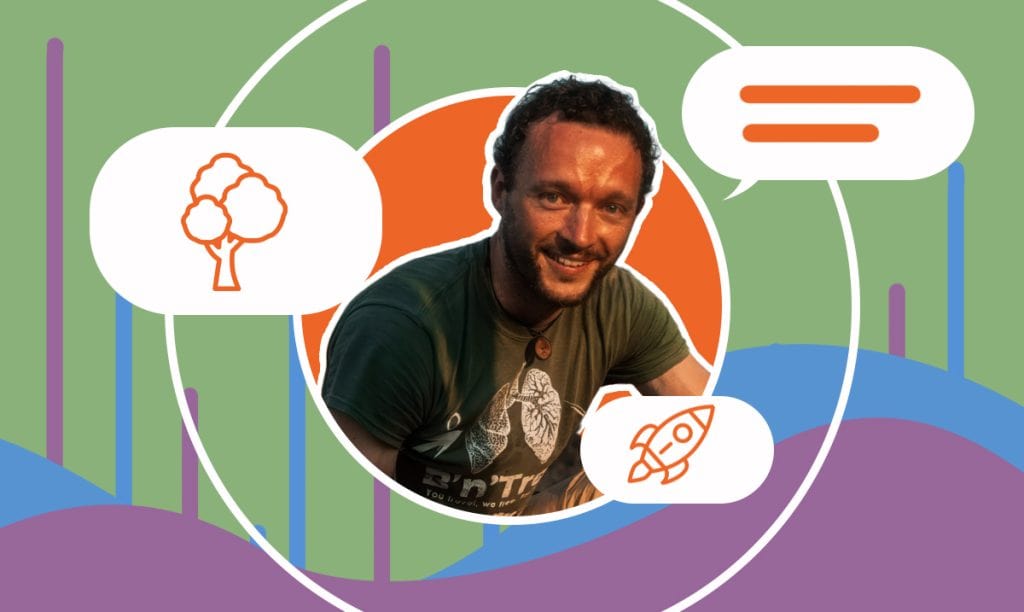
How Click A Tree Makes Sustainability Simple for Businesses
Published on January 20, 2025
In this interview, Chris Kaiser, the founder and CEO of Click A Tree, shares his journey of creating a company dedicated to making sustainabilityacc ...
Read Now
Comments